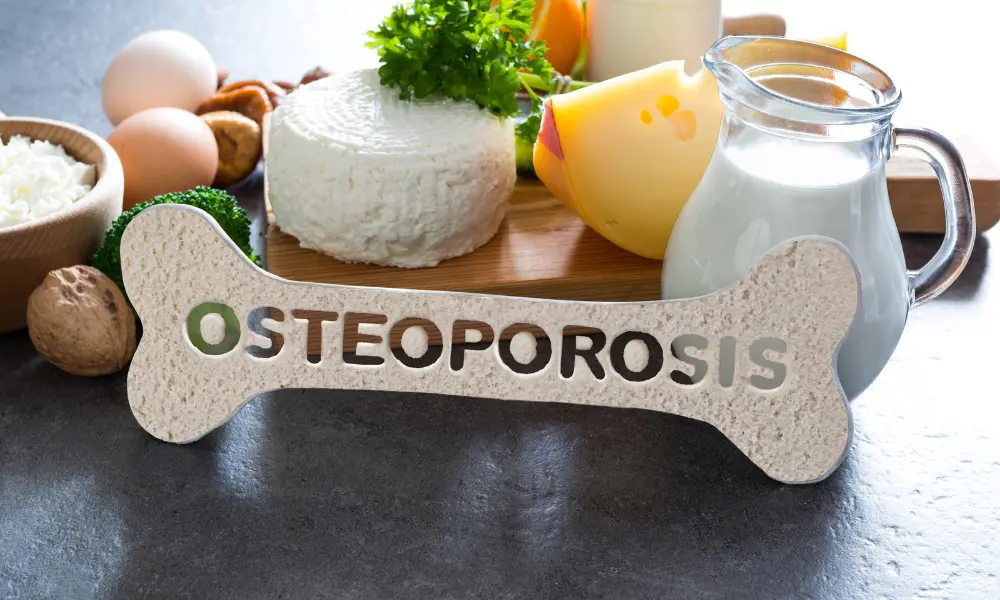Osteoporosis causes weakened and brittle bones, increasing the risk of fractures even from minor falls or everyday activities. It develops when the creation of new bone doesn’t keep up with the loss of old bone mass, leading to decreased bone density and structural changes.
Often called a “silent disease,” many people don’t realize they have osteoporosis until a fracture occurs. Bone healing can be affected by aging bone, osteoporosis, mechanical environment after fixation, and medications.
Symptoms of Osteoporosis
In the early stages, osteoporosis often presents no noticeable symptoms. However, as bone loss progresses, individuals may experience:
-
Compression fractures in the spine can cause a gradual decrease in height.
-
Stooped posture (kyphosis). The spine may curve forward due to weakened vertebrae.
-
Bones that break more easily than expected. Fractures can occur from minor bumps or falls, most commonly in the hips, wrists, and spine.
Causes and Risk Factors of Osteoporosis
Several factors can increase the possibility of developing osteoporosis. Knowing these factors can help an individual control a few factors.
-
Family history: Having a parent or sibling with osteoporosis increases your risk.
-
Age: Bone density naturally reduces with age, particularly after menopause in women due to declining estrogen levels. Women after 50 and men after 60 generally have osteoporosis.
-
Being overweight: Individuals with smaller body frames tend to have lower bone mass.
-
Low calcium intake: A lifelong deficiency in calcium contributes to lower bone density and increased bone loss.
-
Vitamin D deficiency: It is vital for calcium absorption, which supports bone health and growth.
-
Certain medical conditions like hormonal disorders, autoimmune diseases, and gastrointestinal disorders.
-
Long-term use of corticosteroids and some other medications can affect bone health.
-
A sedentary lifestyle, like a lack of weight-bearing exercise, weakens bones.
-
Tobacco use is detrimental to bone health. Excessive alcohol consumption is a big risk factor as it can interfere with bone formation.
-
Doing extreme diets, severely restricting food intake, and being underweight weaken bones.
-
Procedures that reduce stomach size or remove part of the intestine can limit nutrient absorption, including calcium.
Prevention of Osteoporosis
Preventing osteoporosis involves adopting healthy lifestyle habits throughout life:
-
Maintain a healthy weight: Being underweight increases the risk of bone loss.
-
Maintain a balanced diet: Ensure adequate intake of calcium and vitamin D through foods like dairy products, leafy green vegetables, fatty fish, and fortified foods.
-
Engage in regular exercise: Weight-bearing exercises (e.g., walking, jogging, dancing) and strength-training exercises help build and maintain bone density.
-
Quitting smoking is crucial for bone health.
-
Limit alcohol consumption; moderation can be helpful if at all required.
Treatment of Osteoporosis
Treatment for osteoporosis aims to prevent fractures and slow down bone loss. It may involve:
-
Lifestyle modifications: Adopting the preventive measures mentioned above.
-
Calcium and vitamin D supplements can be helpful but only under a doctor’s guidance.
-
Fall prevention strategies: To reduce the risk of fractures.
-
Pain management: Medications and therapies to alleviate pain from fractures.
-
Physical therapy or Physiotherapy can improve strength, balance, and posture.
-
Depending on the site of fractures and criticality, conservative or operative options can be considered.
How factors interplay to affect bone healing is complex, and the cause for union, delay, or non-union is often multifactorial; in osteoporosis, drugs like teriparatide may expedite fracture healing. It is essential to consult with your doctor for a proper diagnosis and a personalized treatment plan for osteoporosis.
Disclaimer: This article is meant for informational purposes only and must not be considered a substitute for professional advice.





